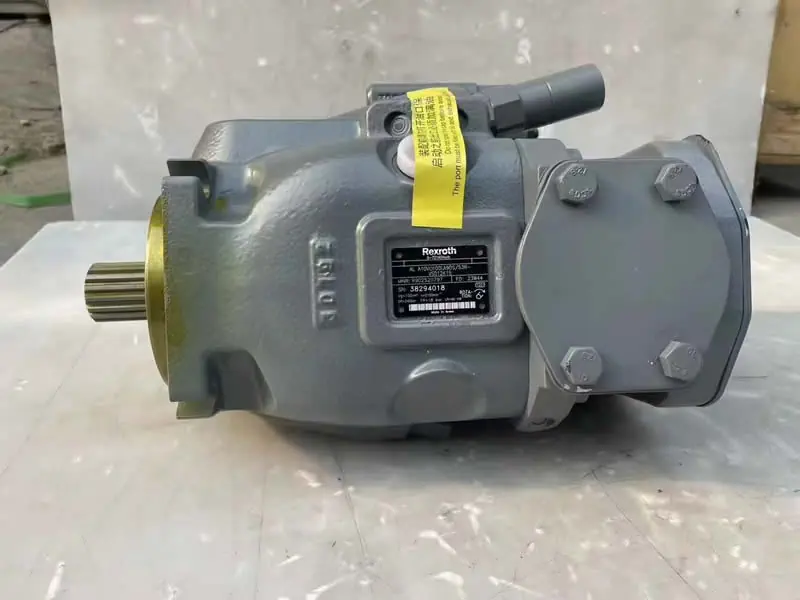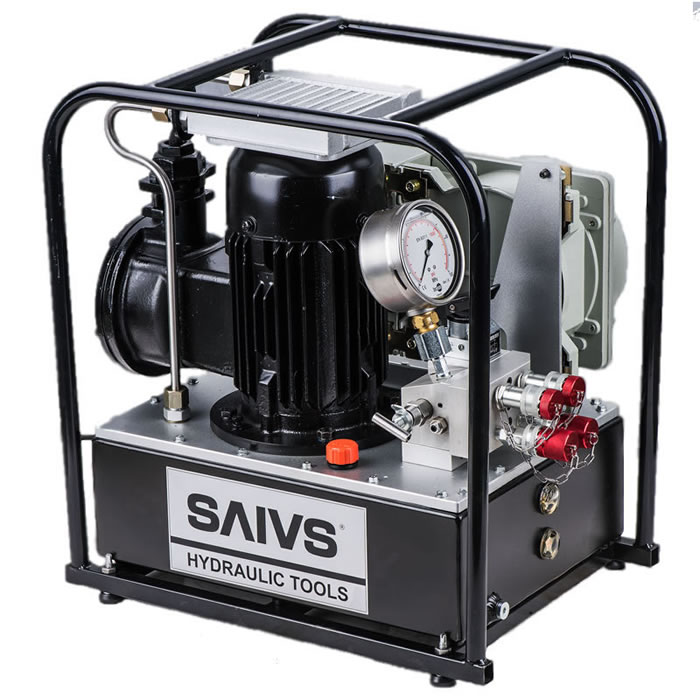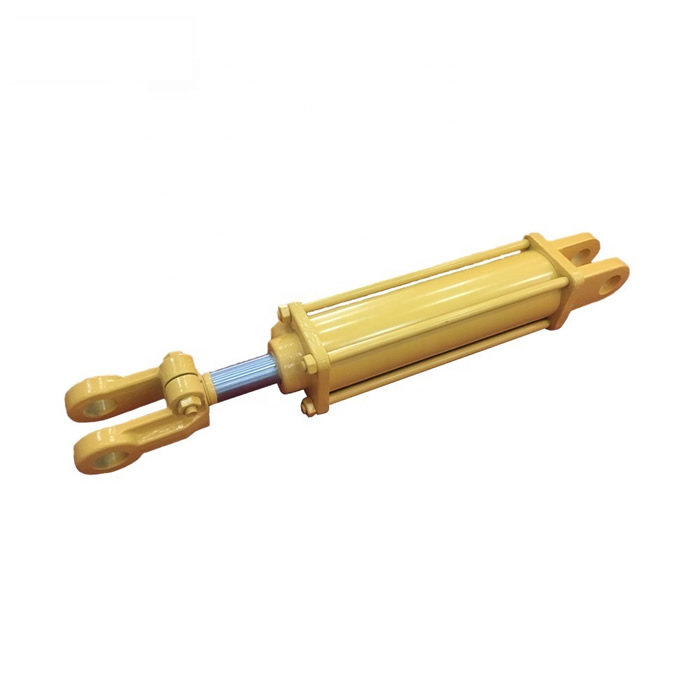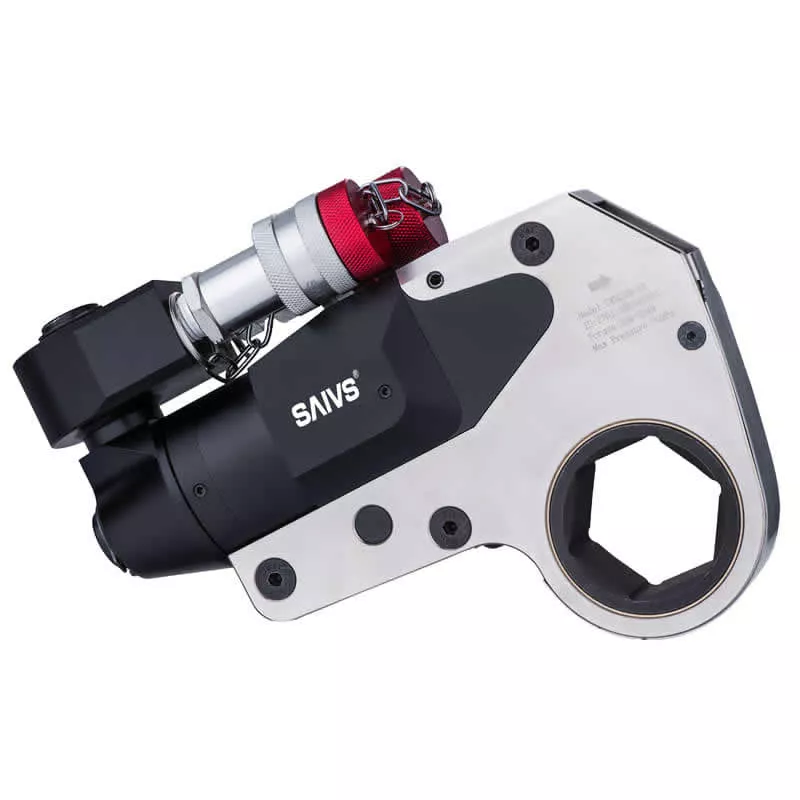Essential Considerations for New Hydraulic Pump Installation
When installing a new hydraulic pump, ensuring proper setup and maintenance is crucial to achieving optimal performance and longevity.
At Ningbo SAIVS Machinery Co., Ltd, we provide high-quality hydraulic solutions to industries worldwide.
To help our customers maximize the efficiency of their Hydraulic Systems, we have compiled key guidelines for new hydraulic pump installation and maintenance.

1. Monitor Performance During the First Three Months
The initial operational period is critical for identifying potential issues. Regularly inspect components for wear, ensure screws remain tight, monitor oil temperature, and check for premature hydraulic fluid degradation. Ensuring compliance with operational guidelines will help prevent future malfunctions.
2. Avoid Immediate Load Application
After starting the hydraulic pump, allow it to run without load for approximately 10 to 30 minutes. This warm-up period is particularly important in low-temperature conditions, as it allows the hydraulic circuit to stabilize before applying load.
3. Observe Hydraulic Oil Temperature Changes
Monitoring the minimum and maximum oil temperature is essential to ensure the hydraulic system remains within optimal operating conditions. Identifying correlations between oil temperature and ambient conditions helps determine whether the cooling system and oil reservoir are adequately designed.
4. Listen for Unusual Noises
New Hydraulic pumps experience minimal wear initially but can be affected by air bubbles, contaminants, or excessive heat. These factors can lead to improper lubrication and excessive strain, causing abnormal noise. Addressing these issues promptly helps prevent long-term damage.
5. Check Instrument Readings
Frequent observation of pressure gauges, indicator lights, and switches ensures that the hydraulic circuit is operating correctly. Detecting fluctuations early can prevent costly repairs and downtime.
6. Monitor Mechanical Movements (For Modified Pumps)
If your system has been modified or retrofitted, pay special attention to operational behavior under various conditions. Design flaws or suboptimal component manufacturing can cause erratic movements, requiring immediate adjustment.
7. Adjust Valves Properly
Understanding the function of pressure control valves, flow control valves, and directional control valves is crucial. Incorrect adjustments can not only damage the machinery but also pose safety risks. Always operate within recommended parameters.
8. Inspect the Filter System
Regularly clean and examine the hydraulic system’s filters. Assessing the type, quantity, and size of contaminants on the filter can provide insights into overall system cleanliness and potential sources of pollution.
9. Conduct Regular Hydraulic Oil Analysis
Check hydraulic fluid condition every one to two months to detect deterioration, discoloration, and contamination. Clean hydraulic oil ensures efficient performance and prevents premature component failure.
10. Inspect for Leakage
After a period of operation, check all hydraulic pipes and fittings for leaks or loosened connections. Addressing minor leaks early prevents significant fluid loss and system inefficiency.
11. Identify and Respond to Abnormalities
Unusual vibrations, sounds, or warning signals indicate underlying issues that require immediate attention. Using circuit diagrams and systematic troubleshooting methods helps pinpoint and resolve faults effectively.
By following these best practices, businesses can ensure their hydraulic systems operate at peak efficiency and longevity. At Ningbo SAIVS Machinery Co., Ltd, we specialize in providing premium hydraulic components tailored to meet industrial demands. Contact us today for expert solutions to your hydraulic system needs.









